

Articles
How Many 12 GA Wires In 1/2 Inch Conduit
Modified: February 23, 2024
Find out the maximum number of 12 gauge wires that can fit in a 1/2 conduit. Expert articles provide detailed insights on wire capacity and electrical conduit sizing.
(Many of the links in this article redirect to a specific reviewed product. Your purchase of these products through affiliate links helps to generate commission for Storables.com, at no extra cost. Learn more)
Introduction
In the world of electrical wiring, conduit is a crucial component for protecting and organizing wires. Conduit acts as a channel that houses electrical cables, providing insulation and safeguarding against damage. One common type of conduit is the 1/2″ conduit, which is widely used in residential and commercial electrical installations.
When it comes to wiring a conduit, it is important to understand the concept of wire gauge. Wire gauge refers to the thickness or diameter of the wire, and it affects the amount of current that can safely flow through the wire. The most commonly used wire gauge for general electrical applications is the 12-gauge wire. It is capable of carrying a significant amount of current while maintaining a manageable size.
But how many 12-gauge wires can fit inside a 1/2″ conduit? To determine the answer, we need to consider the conduit fill capacity, which refers to the maximum number of wires that can be safely installed in the conduit without exceeding its capacity.
In this article, we will delve into the details of conduit fill capacity for 1/2″ conduit and guide you on calculating the wire size and quantity for 12-gauge wires in a 1/2″ conduit. We will also explore the factors that can affect conduit fill, providing you with a comprehensive understanding of how to effectively wire your electrical installations.
Key Takeaways:
- Understanding conduit fill capacity is crucial for safely wiring a 1/2″ conduit with 12-gauge wires. Adhering to NEC guidelines and considering factors like insulation type and future expansion ensures a reliable electrical installation.
- Factors such as existing cables, conduit bends, and pulling tension can impact the number of wires that can be safely installed. By considering these factors, you can ensure proper conduit fill and efficient wiring.
Read more: How Many 12/2 Wires In 1/2 Inch Conduit
Understanding Conduit and Wire Gauge
Before we dive into the specifics of how many 12-gauge wires can fit in a 1/2″ conduit, let’s take a moment to understand the basics of conduit and wire gauge.
Conduit is a protective piping system that is used to route electrical wires safely from one point to another. It provides a physical barrier that shields the wires from potential damage caused by external factors such as moisture, debris, or accidental impact. Conduit can be made of various materials, including metal (such as steel or aluminum) or non-metallic materials like plastic or PVC.
Wire gauge, on the other hand, refers to the thickness or diameter of electrical wire. The gauge size determines the current-carrying capacity of the wire. The lower the gauge number, the thicker the wire and the higher its current-carrying capacity. The most common wire gauge used in residential and commercial electrical applications is the 12-gauge wire. It is capable of handling up to 20 amps of current.
When it comes to choosing the right conduit size for your wiring needs, it’s important to consider the wire gauge and the number of wires you plan to install. The National Electrical Code (NEC) provides guidelines for conduit fill, specifying the maximum number of conductors (wires) that can be safely installed in a conduit of a particular size.
Understanding the relationship between conduit size and wire gauge is crucial to ensure a safe and efficient electrical installation. Now, let’s explore the conduit fill capacity for 1/2″ conduit and determine how many 12-gauge wires can be accommodated.
Conduit Fill Capacity for 1/2″ Conduit
The conduit fill capacity refers to the maximum number of wires that can be safely installed in a conduit without exceeding its fill capacity. The NEC provides guidelines for conduit fill based on the diameter of the conduit and the size of the wires being used.
For 1/2″ conduit, the maximum conduit fill capacity varies depending on the type of wiring being used. Here are the general guidelines for conduit fill capacity in a 1/2″ conduit:
- For single conductors: The NEC allows up to 53% conduit fill capacity for a single conductor in a 1/2″ conduit. This means that the total cross-sectional area of the conductors cannot exceed 53% of the internal area of the conduit.
- For multiple conductors: If you are installing multiple conductors in a 1/2″ conduit, the NEC provides a table that specifies the maximum number of wires allowed based on the wire gauge and insulation type. The maximum fill capacities vary for different types of cables, including non-metallic sheathed cables (Romex) and metal-clad cables (MC).
It is important to follow these guidelines to ensure that the conduit is not overloaded and that there is enough space for heat dissipation. Overfilling a conduit can lead to overheating of the wires, which can be a potential fire hazard.
Now that we understand the conduit fill capacity for 1/2″ conduit, let’s move on to calculating the wire size and quantity for 12-gauge wires in a 1/2″ conduit.
When determining how many 12 gauge wires can fit in a 1/2 inch conduit, you should follow the NEC guidelines which state that the maximum number of conductors in a conduit should be based on the wire size and type, as well as the conduit size and type. It’s important to consult the NEC tables for specific guidance.
Calculating Wire Size and Quantity for 12 Gauge Wires in 1/2″ Conduit
When it comes to wiring a 1/2″ conduit with 12-gauge wires, it is important to calculate the appropriate wire size and quantity to ensure that you stay within the conduit fill capacity guidelines set by the NEC.
To calculate the wire size, you need to consider the current-carrying capacity of the 12-gauge wire, which is 20 amps. You also need to determine the number of wires you plan to install in the conduit.
For a 1/2″ conduit, the maximum conduit fill capacity for multiple conductors is determined by the wire gauge and insulation type. Different types of cables have different fill capacities, so it is essential to refer to the NEC guidelines to determine the maximum number of wires allowed.
Once you know the maximum fill capacity, you can determine the wire size and quantity based on the current-carrying capacity of the 12-gauge wire. For example, if the fill capacity allows for four 12-gauge wires in a 1/2″ conduit, you can safely install four 12-gauge wires.
However, it is important to note that the number of wires you can fit in a 1/2″ conduit may vary depending on other factors, such as the type of insulation used and the presence of other cables or fillers in the conduit.
When calculating the wire quantity, it is always a good idea to leave some room for future expansion or maintenance. It is recommended to avoid filling the conduit to its maximum capacity to allow for better heat dissipation and easier installation.
By following the NEC guidelines and calculating the wire size and quantity based on the maximum conduit fill capacity, you can ensure a safe and reliable electrical installation.
Next, let’s explore some factors that can affect conduit fill in order to have a comprehensive understanding of wiring a 1/2″ conduit with 12-gauge wires.
Factors Affecting Conduit Fill
When it comes to determining the conduit fill for 1/2″ conduit with 12-gauge wires, there are several factors that can affect the number of wires that can be safely installed. It is important to take these factors into consideration to ensure a proper and efficient wiring installation.
1. Wire Insulation Type: The type of insulation used on the wires can impact the conduit fill capacity. Different insulation types have varying dimensions, which can affect the overall diameter of the wire. It is crucial to refer to the NEC guidelines to determine the appropriate fill capacity for each specific insulation type.
2. Other Cables and Fillers in the Conduit: If there are already cables or fillers present in the conduit, they will occupy space and reduce the available area for additional wires. It is important to consider the existing components within the conduit and calculate the fill capacity accordingly.
3. Conduit Bend Radius: The presence of bends in the conduit can affect the fill capacity. When there are bends, it can restrict the available space for wires, potentially reducing the number of wires that can be installed. It is important to follow the NEC guidelines for bend radius requirements to ensure proper conduit fill.
4. Pulling Tension: If the wires need to be pulled through the conduit during installation, it is crucial to consider the pulling tension. Overfilling the conduit can result in excessive pulling tension, making it difficult to properly install the wires. It is important to leave some room for ease of installation.
5. Future Expansion: It is always a good practice to plan for future expansion or additional wiring needs. Leave some room for future wire additions or modifications. Overfilling the conduit can make it challenging to add or replace wires in the future without pulling out the existing ones.
Understanding these factors will help you accurately assess the conduit fill for 1/2″ conduit with 12-gauge wires. It is essential to refer to the NEC guidelines and consult with a qualified electrician to ensure a safe and compliant electrical installation.
Now, let’s summarize what we have covered in this article.
Read more: How Many Wires In A 3/4 Inch Conduit
Conclusion
In conclusion, understanding conduit fill capacity is essential for effectively wiring a 1/2″ conduit with 12-gauge wires. By following the guidelines set forth by the NEC, you can ensure a safe and efficient electrical installation.
We discussed the importance of conduit in protecting and organizing electrical wires, as well as the concept of wire gauge and its impact on current-carrying capacity. We also explored the conduit fill capacity for 1/2″ conduit, which dictates the maximum number of wires that can be safely installed.
To calculate the wire size and quantity for 12-gauge wires in a 1/2″ conduit, it is important to consider the wire gauge, insulation type, and other factors such as existing cables, conduit bends, pulling tension, and future expansion needs. Following these calculations and guidelines will help ensure that the conduit is not overfilled and that there is sufficient space for proper heat dissipation.
Remember, safety is paramount when it comes to electrical installations. Always consult the NEC guidelines and consider working with a qualified electrician for complex wiring projects.
By understanding conduit fill capacity and calculating the wire size and quantity appropriately, you can ensure a reliable electrical system that meets code requirements and promotes the safety of your home or workspace.
So, whether you are a DIY enthusiast or a professional electrician, keep these factors in mind when wiring a 1/2″ conduit with 12-gauge wires. With the right knowledge and attention to detail, you can successfully complete your electrical installation while maintaining the utmost safety and efficiency.
Frequently Asked Questions about How Many 12 GA Wires In 1/2 Inch Conduit
Was this page helpful?
At Storables.com, we guarantee accurate and reliable information. Our content, validated by Expert Board Contributors, is crafted following stringent Editorial Policies. We're committed to providing you with well-researched, expert-backed insights for all your informational needs.
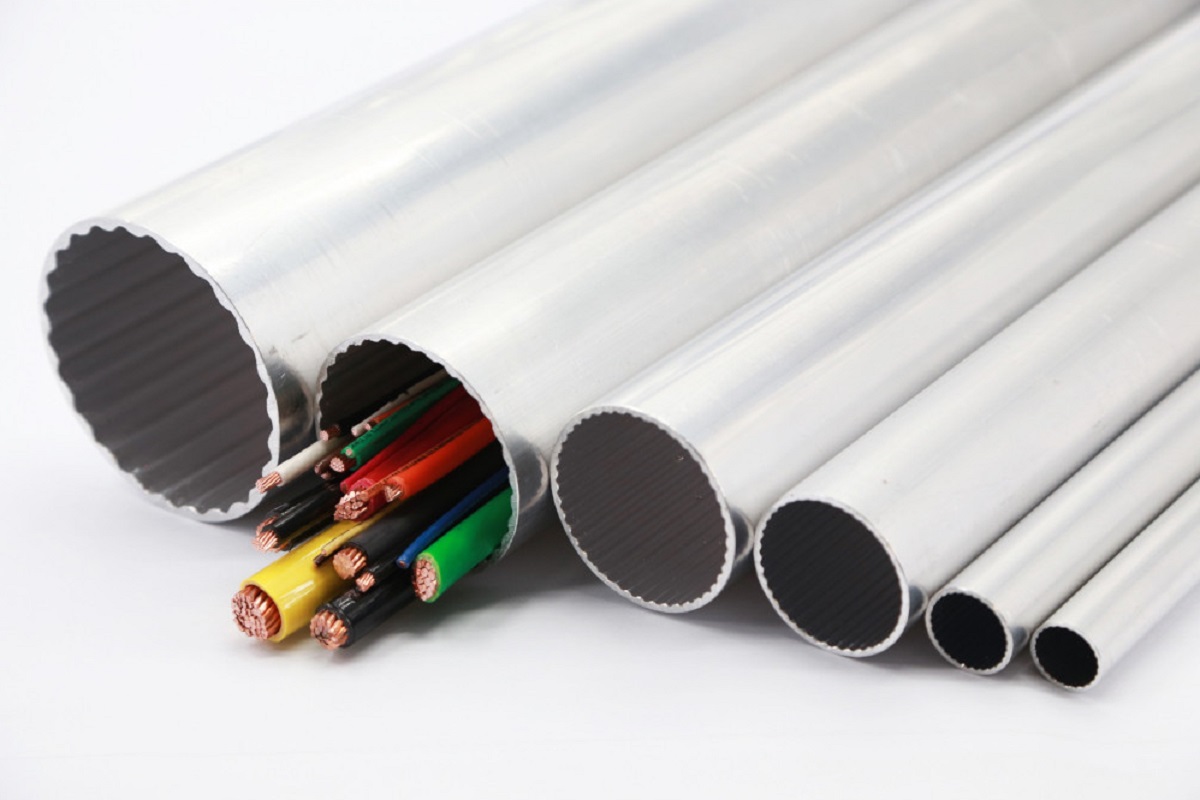
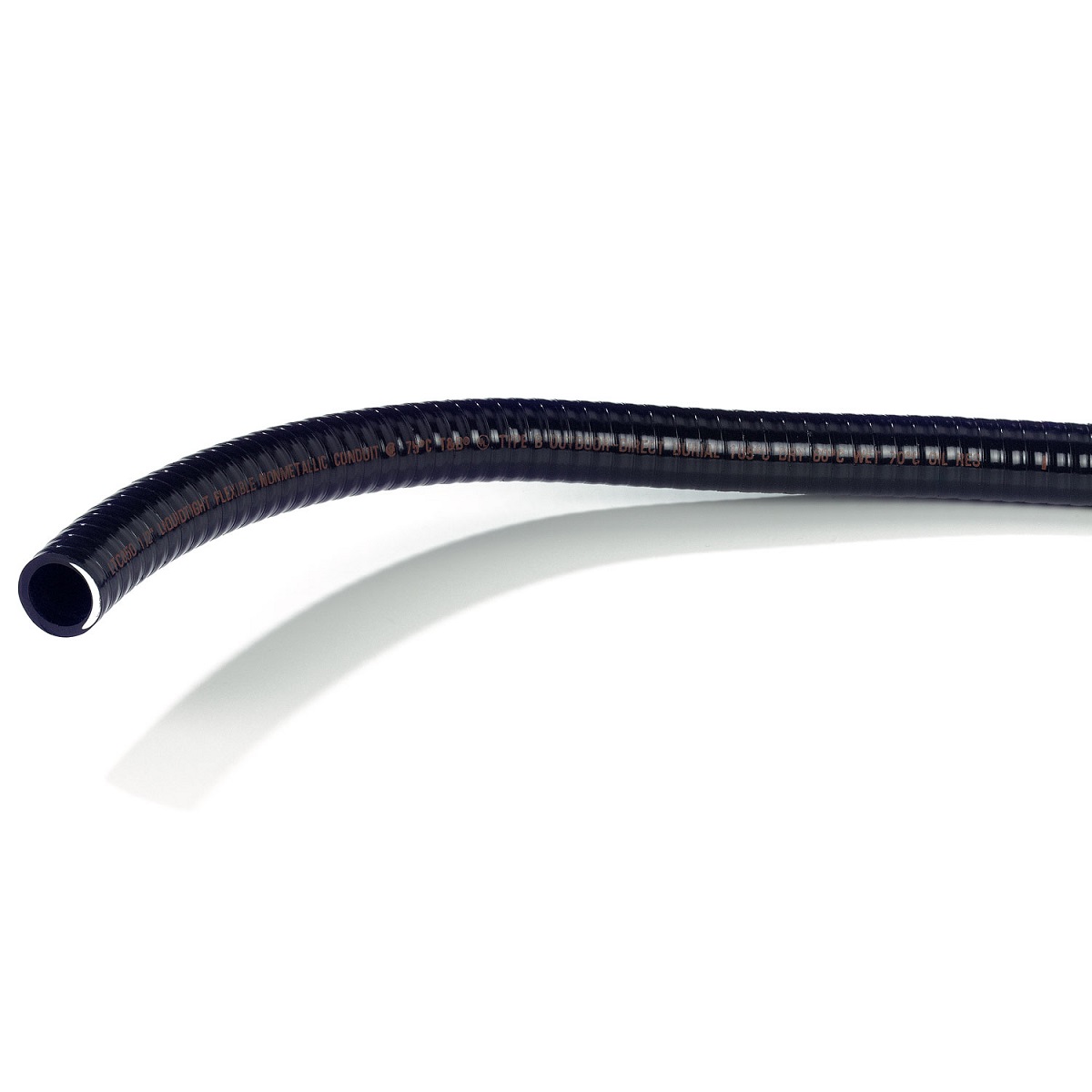
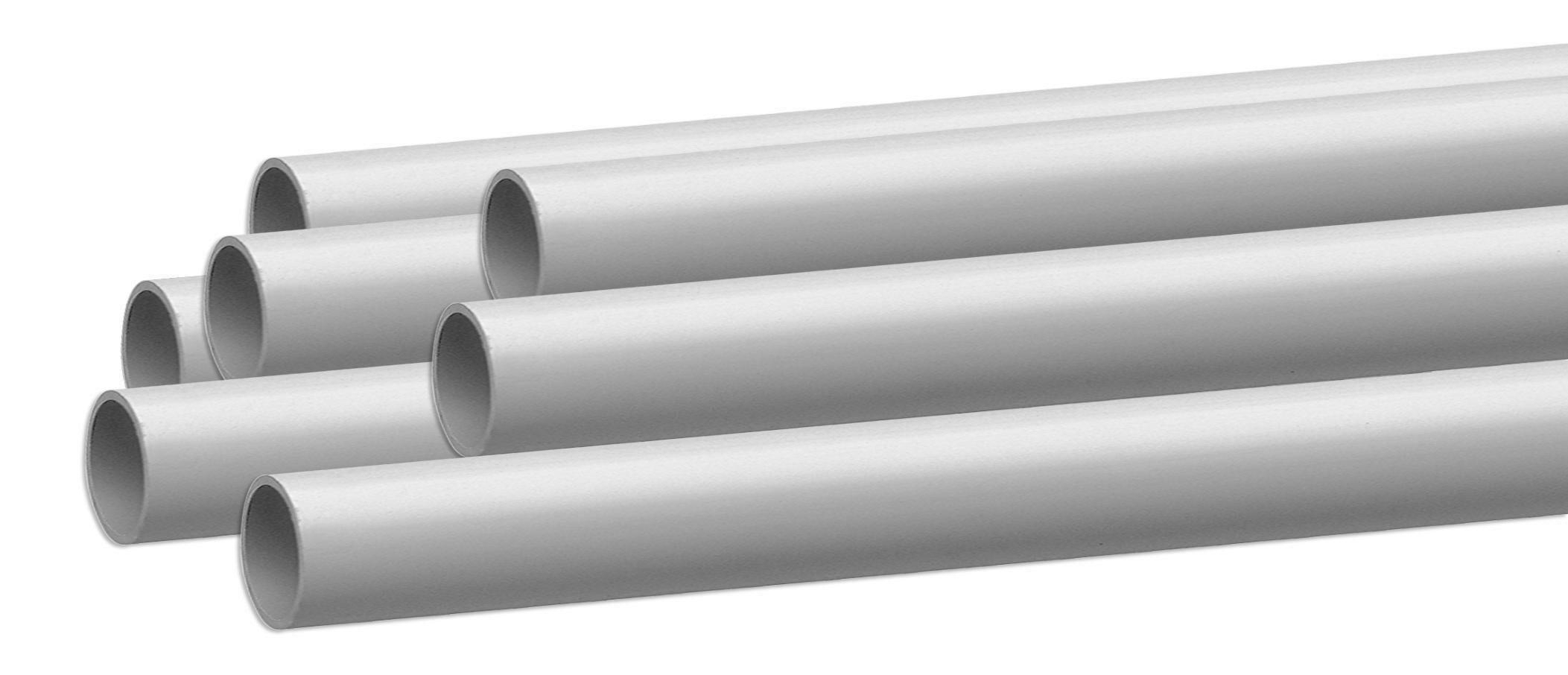

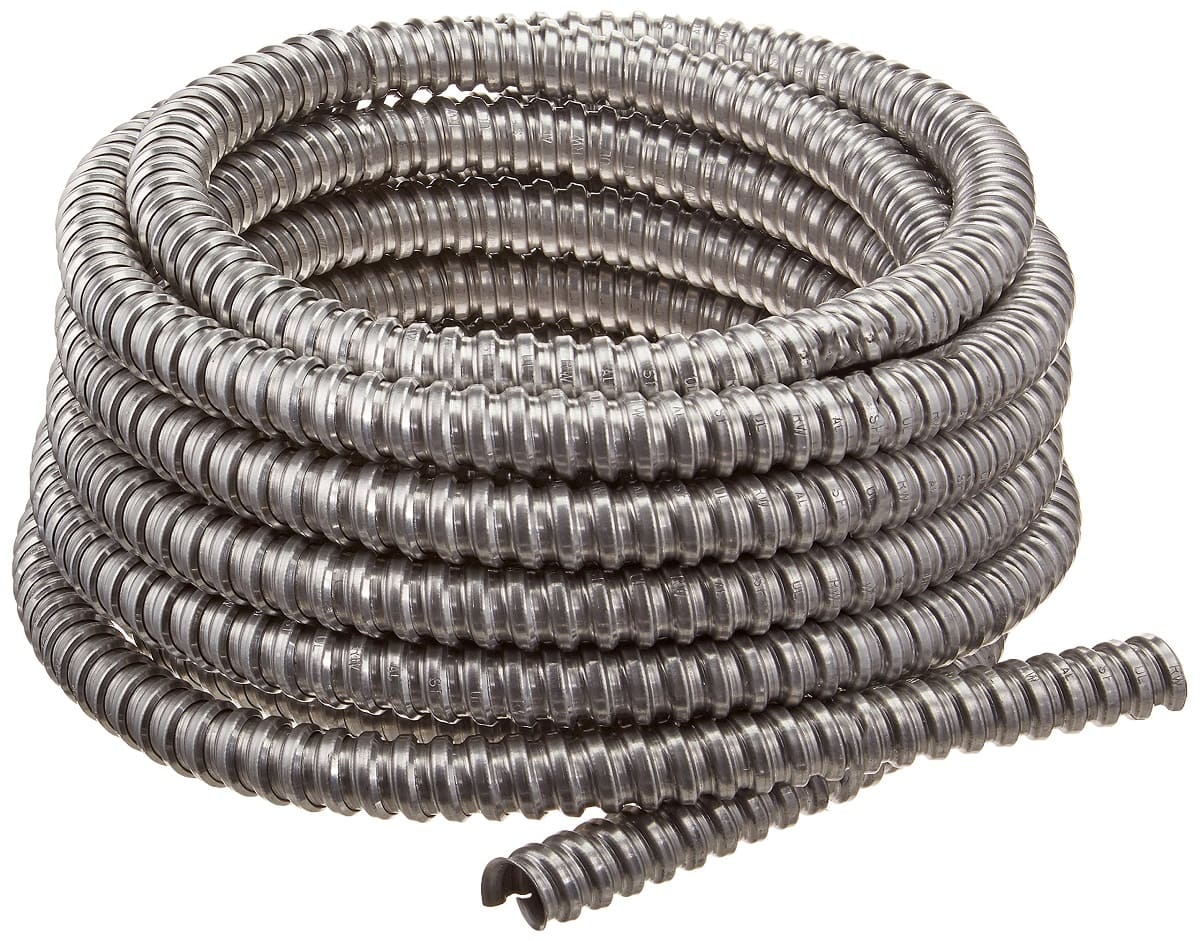
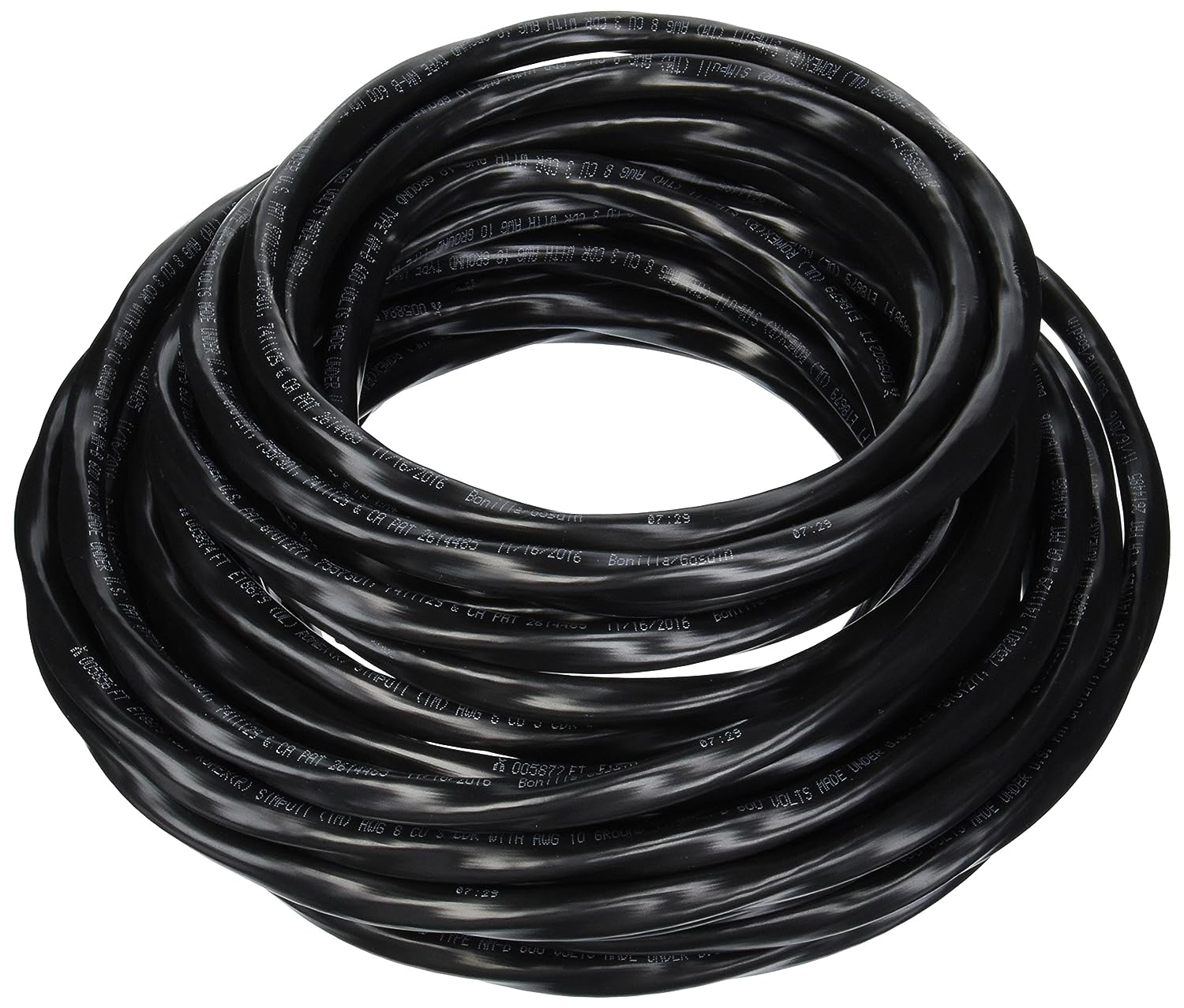

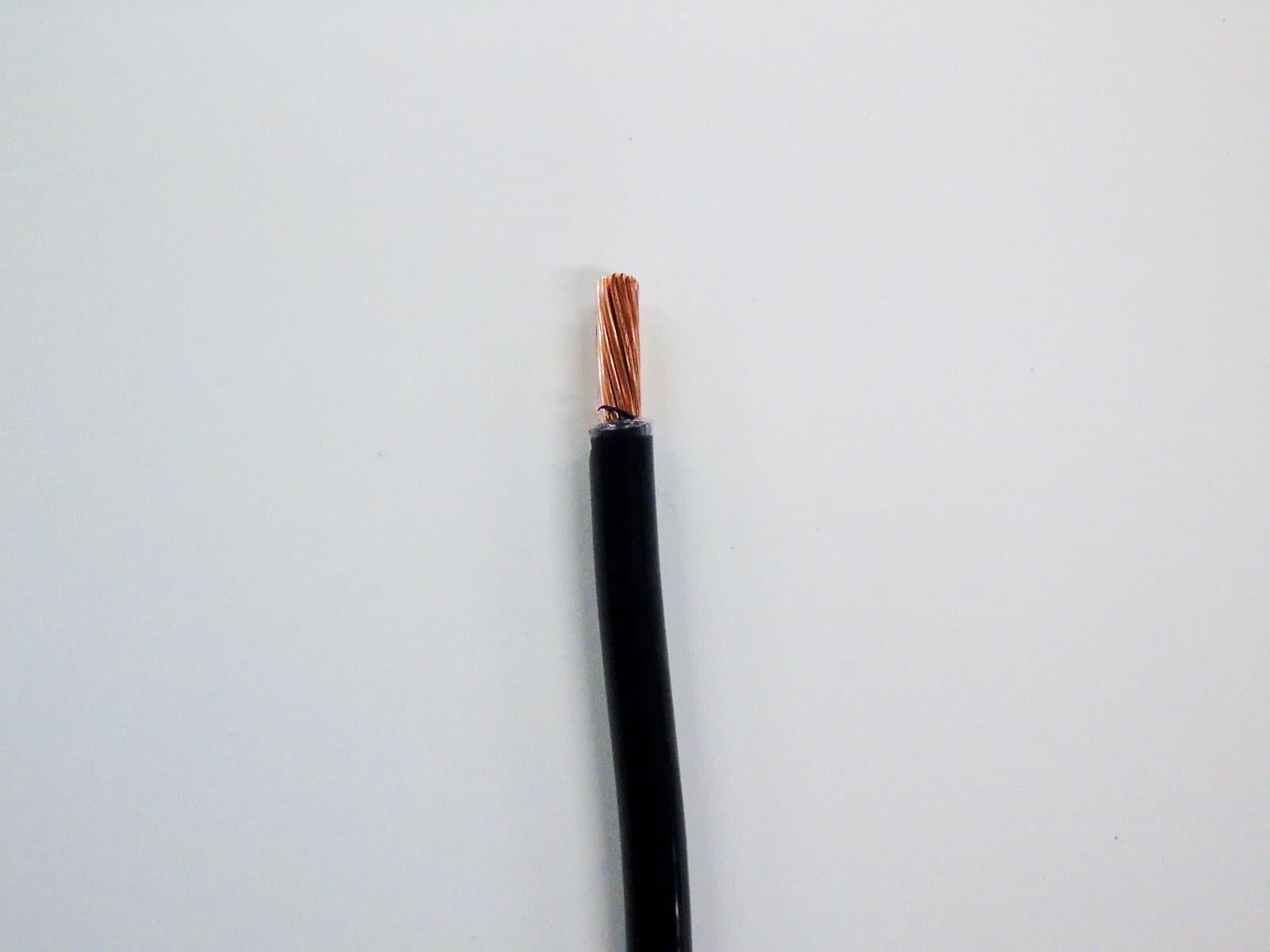
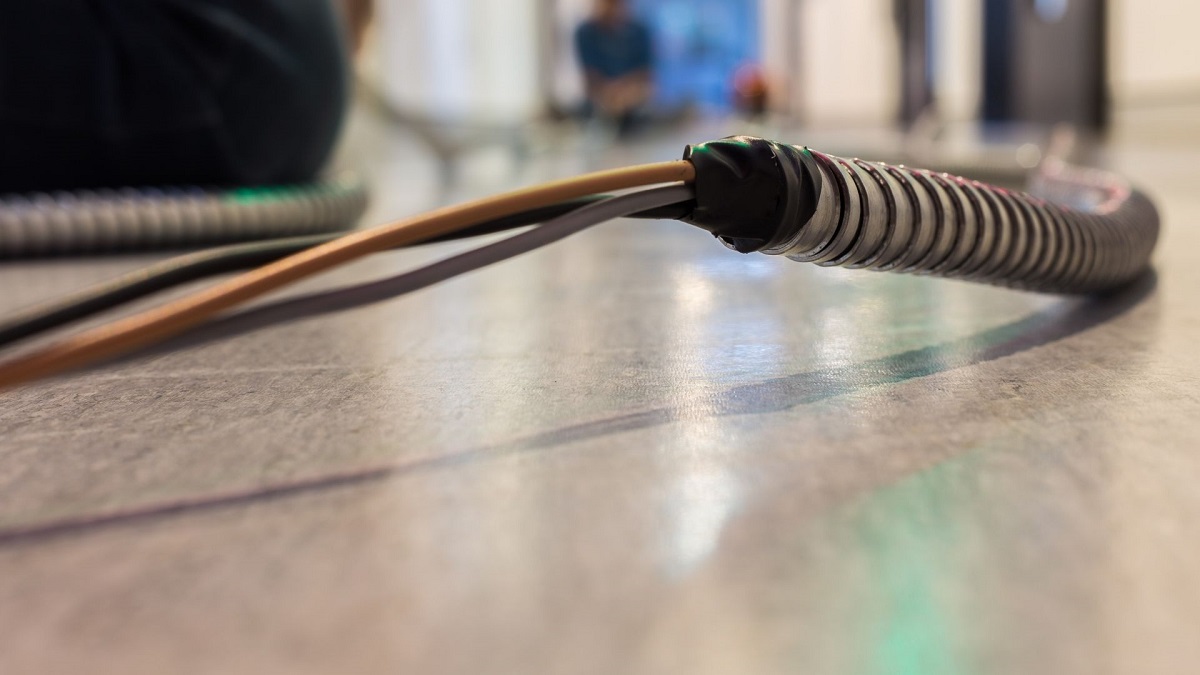
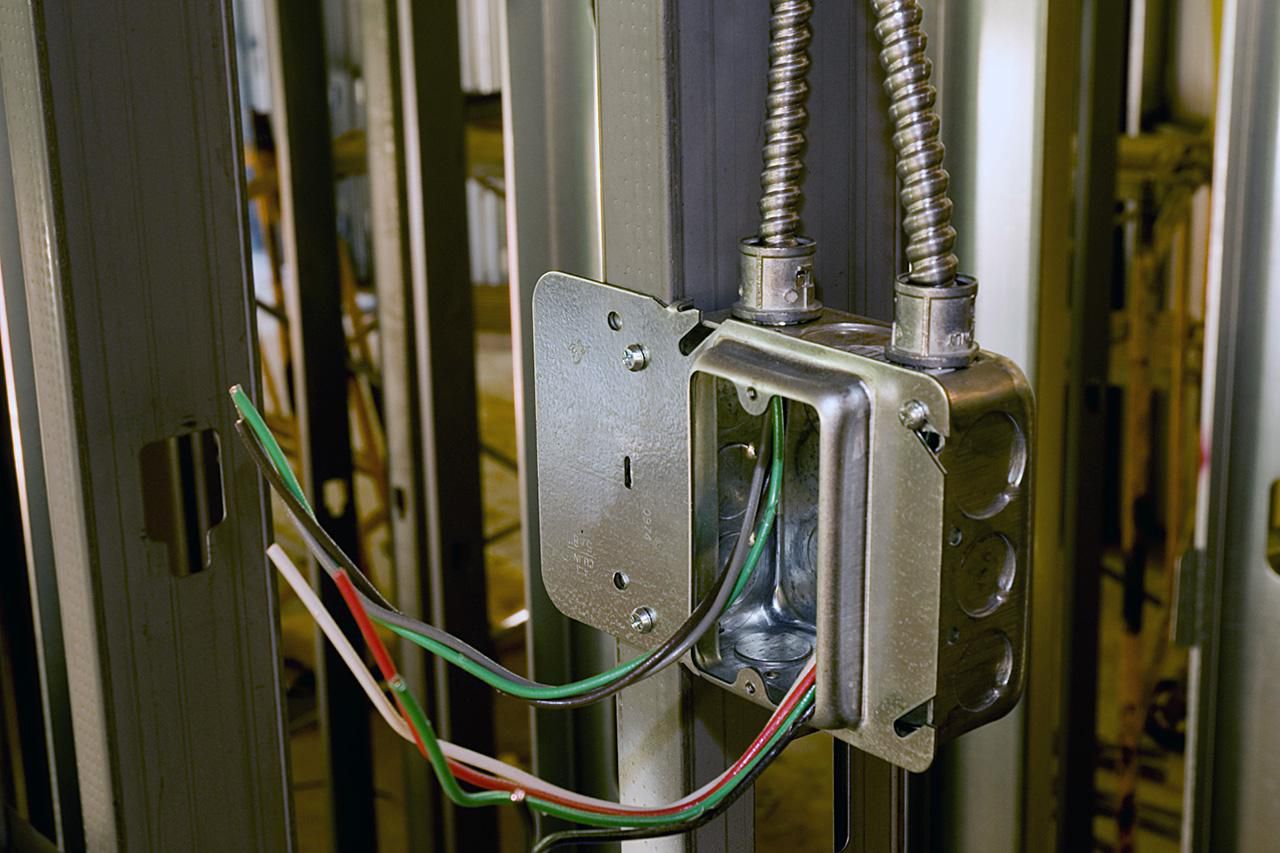
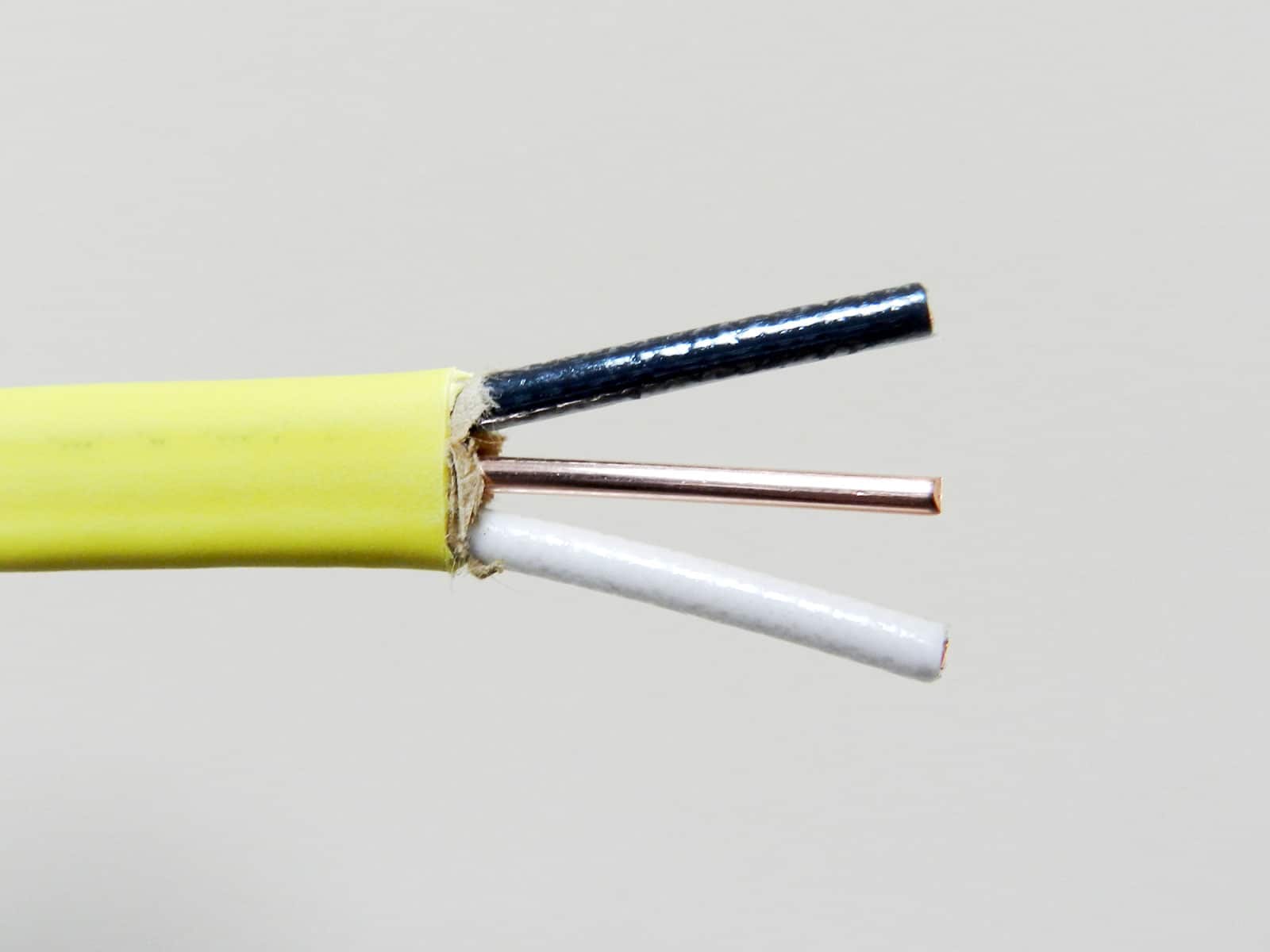
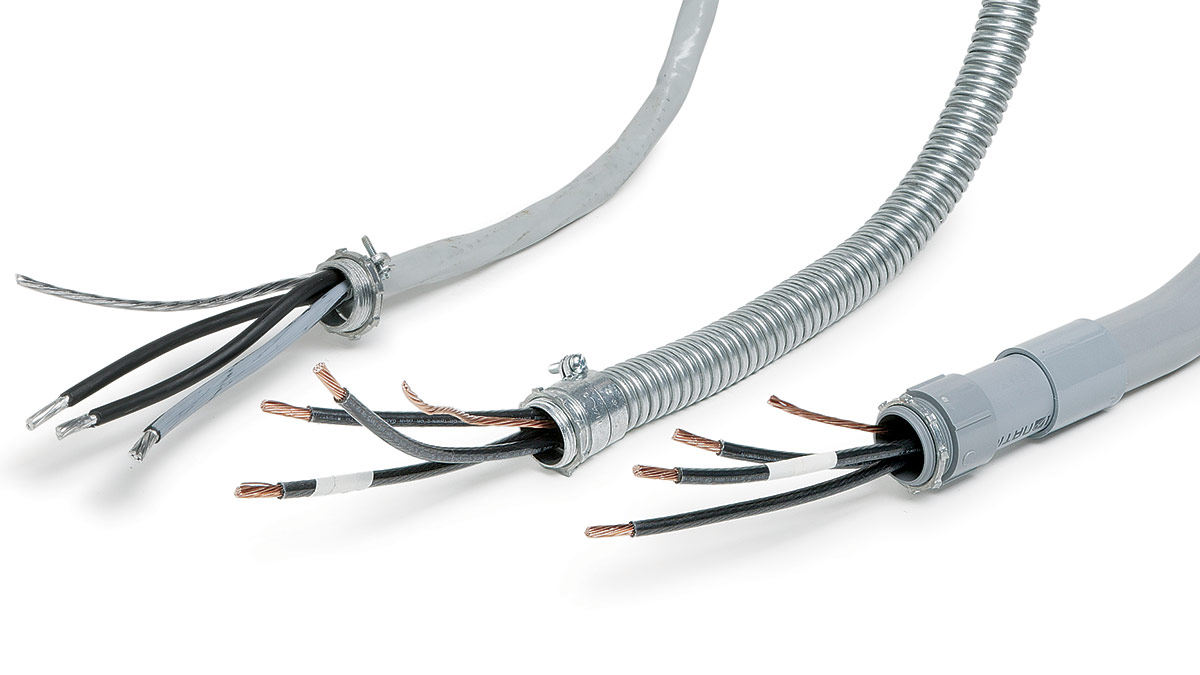

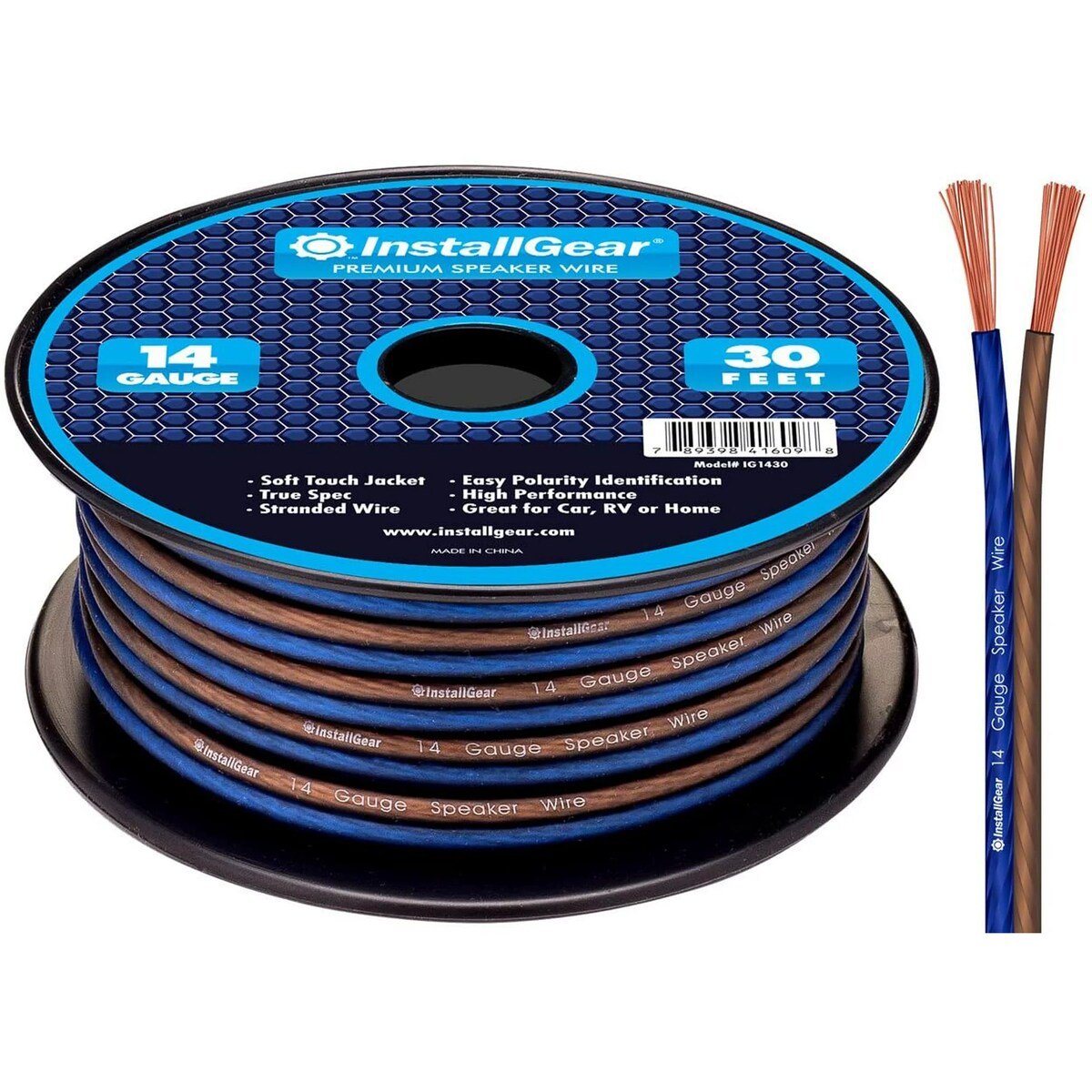

0 thoughts on “How Many 12 GA Wires In 1/2 Inch Conduit”